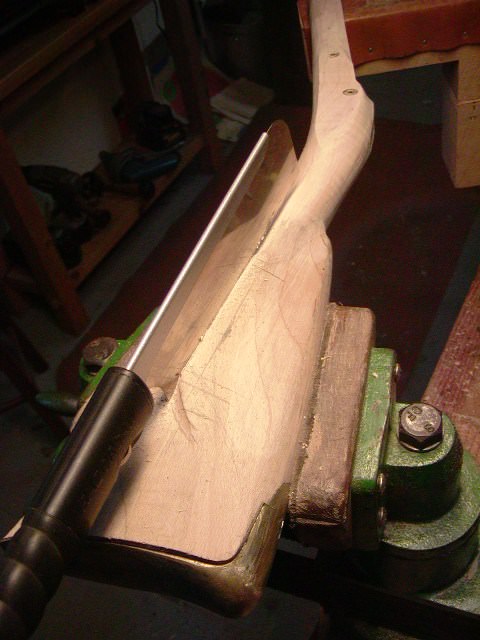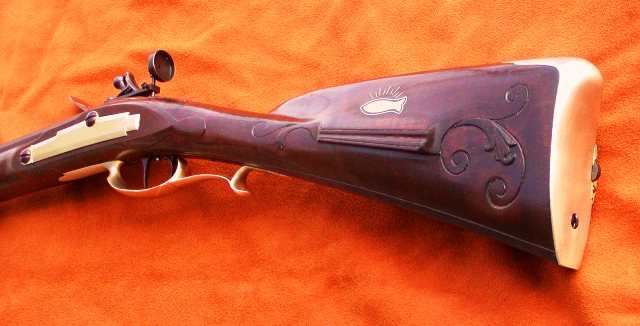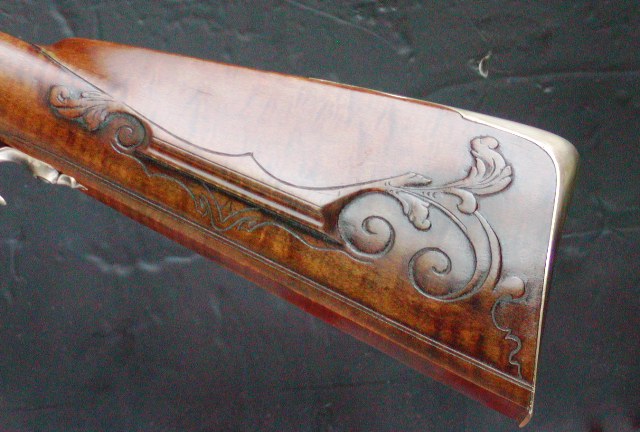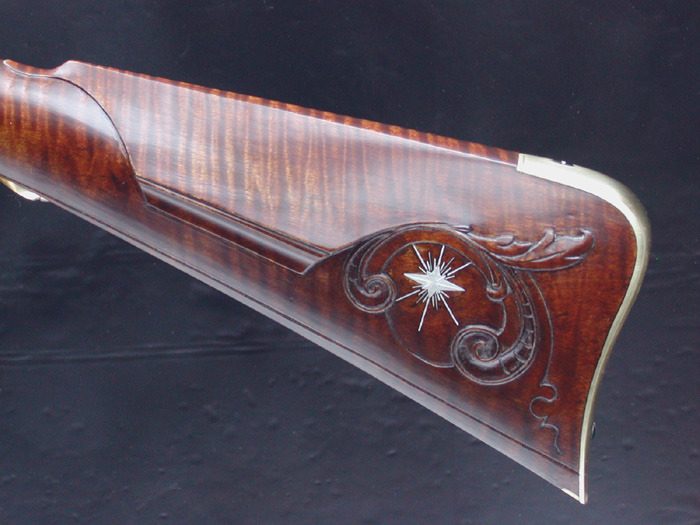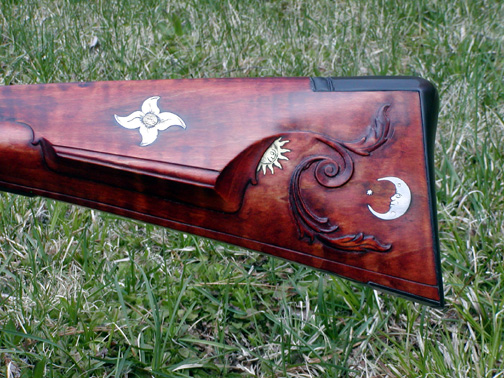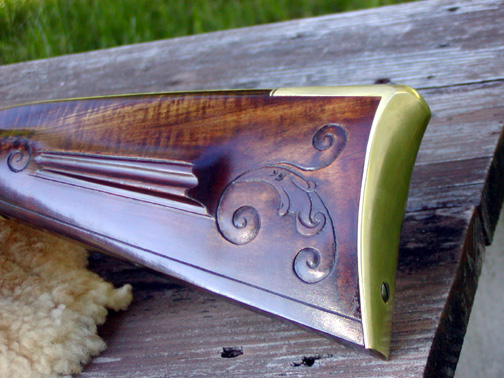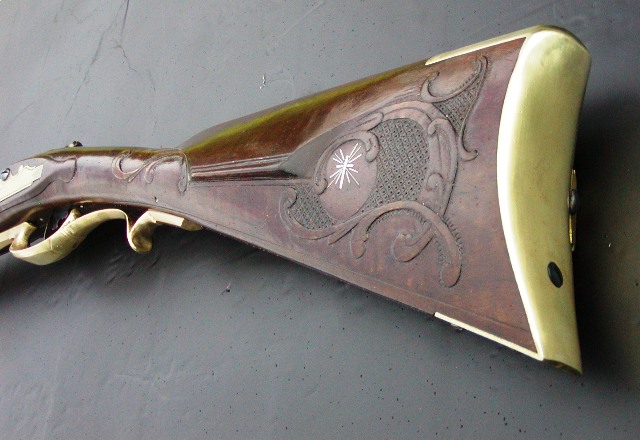One thing about laying out your lines. As BadDaiitood said, there are very few parallel lines in LR's. But one thing to think about is the fact that those extended lines will theoretically converge out toward the breech area.
You ought to give some thought as to where that point is. For instance, if you have 2 lines going, you actually have 4 to 7 to think about. You have the comb line, the toe or belly line, the base of your cheek piece, the part of the cheek piece that starts to dish, and probably a rib line inside the toe line. And, for every concave cut there is a convex one too. Where would they converge? Do you want to "aim" them at the trigger, bottom of the wrist, middle of the wrist, or the top of the wrist? Remember, those lines serve not only as decoration, but to direct the viewer's eye along the butt stock in creating an appealing visual "flow" to the piece.
Where in space they converge (and they don't all have to be precise that way, and can sort of "roll" in that direction in their convergence) is a matter of which school of gun you are building.
Another little thing you can do is put an ever so slight taper to the width and / or depth of them. That again will contribute to the general slimming nature of the butt stock as it moves from the butt toward the wrist.











![aaj-998_9[1].jpg aaj-998_9[1].jpg](https://cdn2.imagearchive.com/muzzleloadingforum/data/attach/73/73817-aaj-998-9-1-.jpg)


